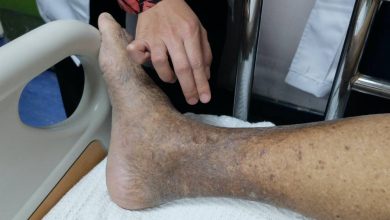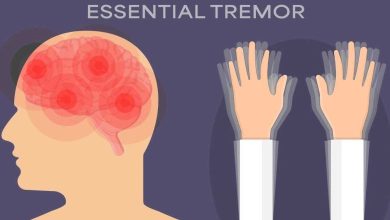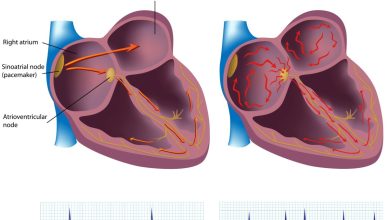Inclusion Body Myositis Symptoms, Causes, Diagnosis and Treatment

What Is Inclusion Body Myositis?
The medical condition is a degenerative disorder that causes weakening and inflammation of your muscle tissues. Inclusion body myositis can be sporadic (appear suddenly in people older than 50 years) or hereditary (carried on genetically and is present in the early years of life).
In addition to this, gradually, the muscle fiber deteriorates, causing difficulties to swallow food, holding objects, walking and even standing. Unfortunately, inclusion body myositis is incurable and there is no effective medical treatment for the disorder. However, physical therapy can greatly help cope with its symptoms. It also helps to slow down the progression of your muscle problems.
What Causes Inclusion Body Myositis?
What exactly causes inclusion body myositis is a mystery, however as per the medical researchers, it can be a consequence of an overactive immune system in response to a retrovirus. Moreover, according to the research, weakness and inflammation are mainly caused due to irregular T cells. T cells are specialized W.B.C which are responsible to defense our body against viruses. Unfortunately, in an individual with inclusion body myositis, these essential cells replicate in vast amounts and erroneously destroy their muscle fibers.
What Are The Symptoms Of Inclusion Body Myositis?
Typically, a person suffering from the disorder faces muscle weakness in several body parts, particularly in the throat, legs, forearms, and hands. Moreover, weaken muscles tend to cause difficulty to walk and holding objects.
In addition to this, when inclusion body myosotis affects the face and throat, an individual experiences difficulty swallowing and speaking. As the disorder progresses, it causes the condition to turn worse. Patients become unable to walk around, thus needs a wheelchair or walker. Usually, muscle weakness comes with occasional pains and dull aches. Few common symptoms of inclusion body myositis include:
- Progressive muscle weakness.
- Dysphagia.
- Myalgia.
- Muscle atrophy.
- Muscle pain and tenderness.
What Are The Potential Complications Of Inclusion Body Myositis?
Around fifty percent of people with inclusion body myositis become affected by dysphagia. Such can consequent in choking episodes. Unfortunately, respiratory complications have a major contribution in death.
Moreover, falls and trips can cause severe injuries, whereas lifestyle complications can greatly impact the patient’s physical and emotional well being.
How Is Inclusion Body Myositis Diagnosed?
In order to diagnose inclusion body myositis, the doctor will:
- Carry out a thorough physical exam.
- Suggest MRI muscle scans.
- Muscle biopsy.
How Is Inclusion Body Myositis Diagnosed?
Unfortunately, inclusion body myositis is incurable. Usually, hormone therapy and medicines are not effective in treating the disorder. Physical rehabilitation therapy has proved effective for countless of patients suffering from the disorder. By means of custom exercises, expert trainers can greatly help patients of inclusion body myositis strengthen their weakened arm and leg muscles.
What is the prognosis of inclusion body myositis?
Usually, inclusion body myositis is resistant to almost all therapies. Unfortunately, its progression rate tends to be unaffected by the vast treatment options of inclusion body myositis present today.
By : Natural Health News




